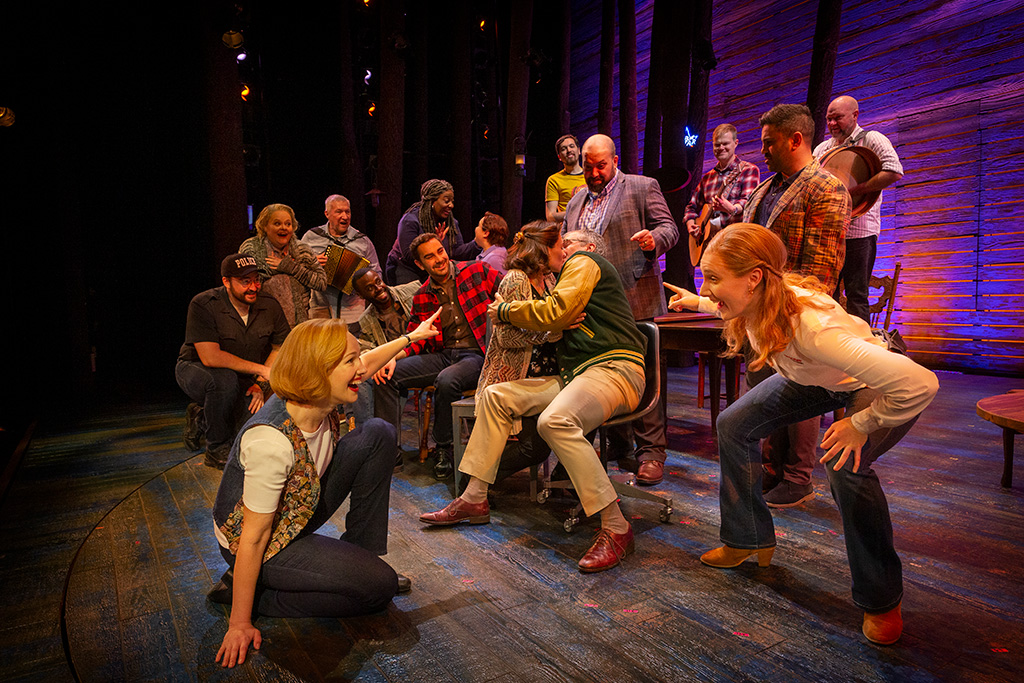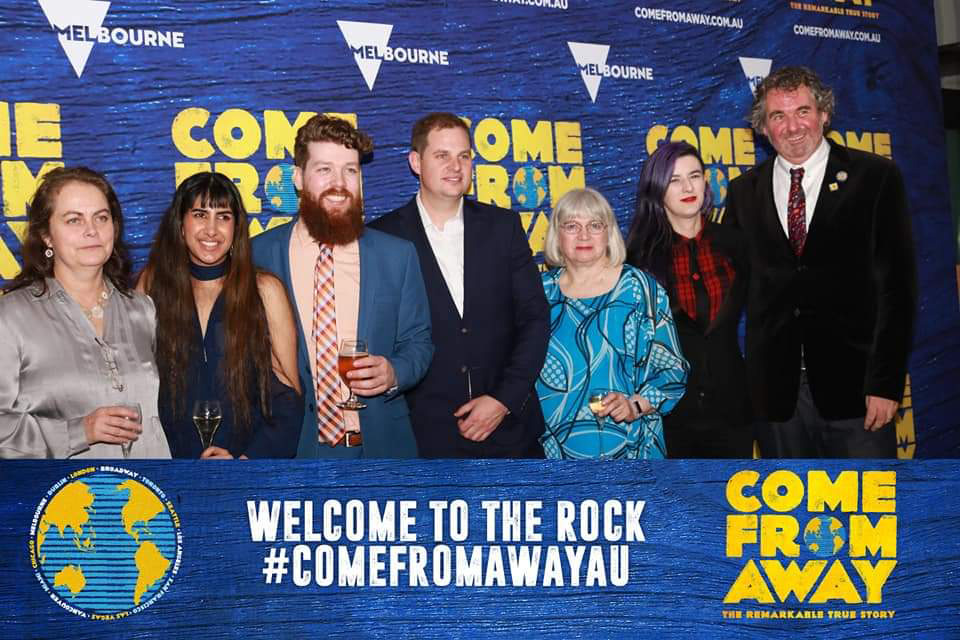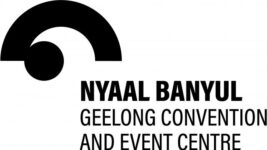Profile
12 Sep 2022
Liz Anderson

Subscribe to CX E-News
Trailblazing Domie in the Spotlight
Liz Anderson began her career in the public service working for the tax department. In order to get promoted, she was going to have to go to uni, so that’s what she did. She never finished her degree and never returned to the tax department, but her involvement in student theatre set her up for what would be a long career. Liz was the first female dome operator to work at Her Majesty’s Theatre, Melbourne in the Seventies. In April 2022, on the closing night of Moulin Rouge’s Melbourne season, she faded out for the final time.
That first production that Liz worked on in 1978 was A Chorus Line. Famously, this production is always performed on a bare stage, the only ‘set’ a line drawn across the floor. Without changing set pieces to distract an audience the lighting is very exposed and has a lot of work to do. Liz had no experience on a dome. She was told, “You’ve got a week. If you can do it, you’re in and if you can’t, you’re out.” Liz says it’s just as well she was thrown in the deep end, as doming is the kind of thing you have an aptitude for. “You can do it or you can’t. I was lucky; I could do it.”
The qualities of a good dome op, she says, are good concentration and a good memory. While it is called ‘follow spotting’, you’re not meant to be following performers, you need to be on them. If you have good muscle memory you are better positioned to be able to remember a performer’s blocking and anticipate their movements. Concentration is key as if an operator starts listening to the dialogue on stage or their mind wanders entirely – as is perhaps likely to happen well into a months-long season – they can miss a cue. “For every show I’ve ever done there are parts I’ve never seen as I was busy focussing on what I was doing.”

A good aesthetic doesn’t go astray as you need to be able to appreciate the design and your light’s role in it. You need to bring your lamp up in time with the lighting state and to make your levels match. While it’s easy enough to bring up a lamp to fifty per cent, different performers can mean that one night’s fifty per cent is the next night’s sixty-five per cent. “Some people have very reflective complexions and they look a lot brighter, while other people tend to suck the light in. It’s hard to balance the brightness when you have two people next to each other with different skin qualities. It’s possible to have two lamps at the same intensity but one looks duller than the other.”
This is one example of why, while there are now moving lights that can track and follow performers, a set of eyes and a brain will never be able to be entirely replaced. A lighting desk won’t know to adjust for the fact that a swing with a different skin-tone has stepped in for the night. Liz acknowledges that the performer tracking technology has its place. It’s rare nowadays for rock concerts to make use of truss operators. But no matter how good the technology gets you always need a person there who can respond on the fly and fix problems.
This is what happened to Liz and her fellow domes on opening night of Come From Away. One spot went down pre-show. Stage management held off opening for as long as possible while they tried to fix it, but eventually the show had to go on. The operator whose dome had broken remained in the dome room on comms and the two other operators had to attempt to cover the work of three. “I don’t really remember what happened that night, but we had a few stiff drinks at the afterparty that’s for sure.”

While on opening night for Come From Away there would have been a lighting designer and director sitting in the audience, likely having kittens, it’s important for operators to remember when things go wrong that most audience members are seeing the show for the first time. “The best thing you can do when you make a mistake is try to make it not look like a mistake. Try to make it look intentional.”
This skill is one of the instincts that Liz has developed over her decades of work. The parts that aren’t inherent qualities, but are learnt, end up feeling second-nature for a seasoned dome operator. Irising in and out to keep the beam consistent as performers move up and down stage, avoiding hitting set pieces, or moving in time with the music. Although, no matter how skilled, at the end of the day an operator must above all listen. The job is to realise a designer’s vision, so even if you think you know better, you do as they say.
When asked of her career highlights, Liz has many to list. She was witness to Australian history in the eighties when she was working on Peter Allen’s one man show Up in One. On closing night of the Melbourne season Allen performed I Still Call Australia Home for the first time. Liz recalls thinking, “Well, this is going to go down well.”

The most technical show she has operated on was Matilda the Musical. The dome plot was extremely busy and made use of every colour frame and the extra dipstick slot (a separate gobo slot on the back of the colour magazine on Lycian spots). As a fan of Queen’s music Liz fondly recalls We Will Rock You. Moulin Rouge was an apt swansong as it included a lot of featured spot work, such as irising in and out with hard edges. It was also a very fun show. “That’s what people need at the moment, a bit of escapism and a bit of fun.”
Liz is now looking forward to being able to enjoy going to the theatre after years of not having the time to fit in it. She’s planning on seeing both Hamilton and Six the Musical. “It’s going to take a long time to enjoy it in the way it’s intended. I will have to learn to sit back and take in the experience and concentrate on the performers. You can miss a lot of the dialogue when you’re focussed on the lighting states.”

Subscribe
Published monthly since 1991, our famous AV industry magazine is free for download or pay for print. Subscribers also receive CX News, our free weekly email with the latest industry news and jobs.






